Denise McNair
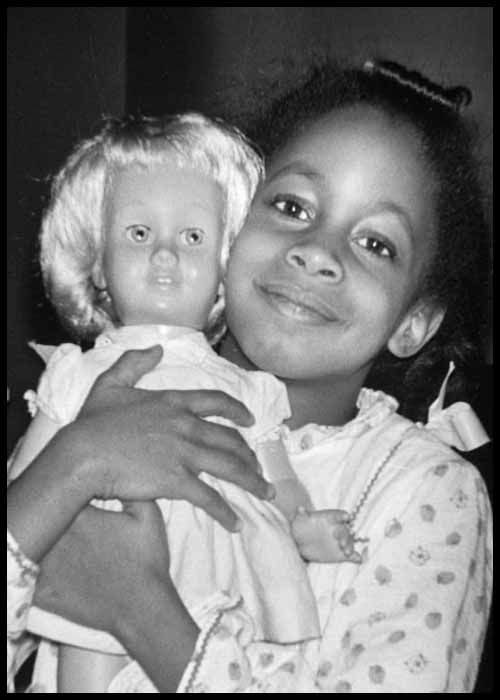
Remembering Denise McNair, Carole Robertson, Addie Mae Collins, and Cynthia Dianne Wesley
The 16th Street Baptist Church Story
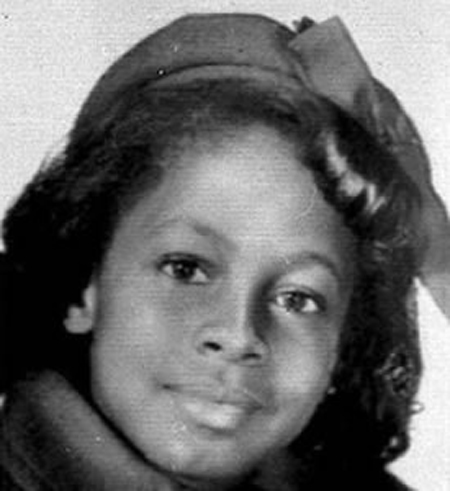
Nearly 100 years after the abolition of slavery in the United States, Jim Crow, racial segregation and discrimination were alive and well, especially in the south. Schools, restrooms, movie theaters, water fountains, and just about every other social gathering place was segregated, with black Americans forced to enter the back door, sit in the back rows, and take on only menial jobs offering the lowest of pay. To enforce segregation and discrimination, the KKK and surrogate white supremacy groups terrorized minority churches, businesses, families, and individuals threatening to tilt the balance of equality in the direction of a level playing field for all.
It’s the early 1960s, and several national leaders are stepping forward to advance the cause of equal rights, namely President John F. Kennedy, Attorney General Robert F. Kennedy, and The Reverend Dr. Martin Luther King, among others. Freedom riders from the north flooded the south to join in organized marches, protests, and sit-ins. Birmingham, Alabama, considered to be one of the most segregated cities in the United States, was often the target of civil rights activists calling for desegregation, aggressive voter registration drives, and equal job opportunities. In 1963, there were no black police officers or firefighters. Violent white supremacy groups were constantly on the prowl, often terrorizing minorities and advocates for change. Their methods of operation often included acts of arson and bombing. From 1955 until 1963, 21 bombings of black churches and institutions had rocked the city of Birmingham.
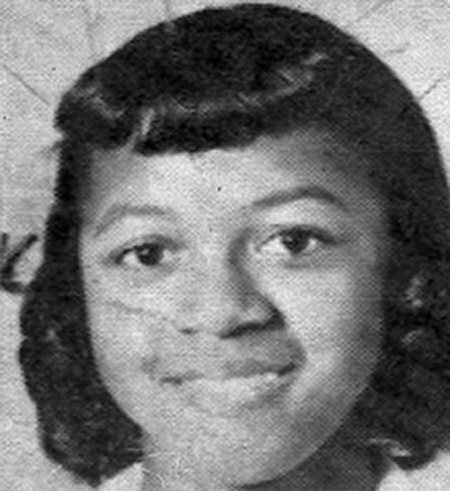
The Bombing
On the Sunday morning of Sept. 15th, 1963, key church members arrived at the 16th Street Baptist Church to prepare for that morning’s services. The church had been a central rallying point for civil rights activities during the spring of that same year. Several adolescent children, part of the church choir, were putting on their choir robes when, at 10:22 a.m., an anonymous caller phoned the church, simply advising the teenage secretary, “Three minutes.” Less than a minute later, a massive explosion ripped through the basement of the church, originating from underneath the front steps outside. Four young girls: Addie Mae Collins (14), Cynthia Wesley (14), Carole Robertson (14), and Carol Denise McNair (11), all of whom were preparing their singing attire, were killed in the blast. 21 others were injured. The blast was so massive that it blew a passing motorist out of his car.
Investigators determined that approximately 15 sticks of dynamite had been planted underneath the front steps of the church, adjacent to where the young girls were changing their clothes in a women’s lounge area. The shock waves from the blast blew a 7-foot wide hole through the back wall of the basement and left a crater 5 feet wide and two feet deep. All of the stained glass windows were blown out of the church, except for one, a depiction of Jesus Christ leading a group of young children.
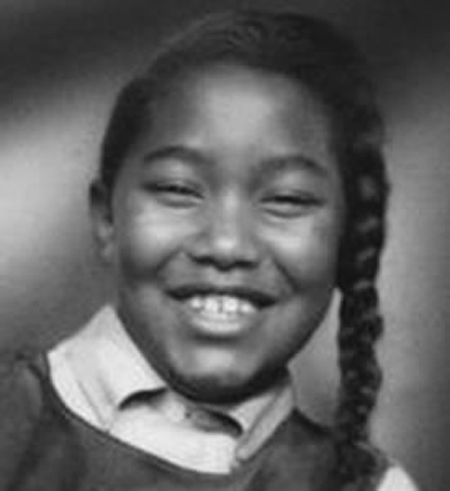
Dr. Martin Luther King would later comment that the bombing was “one of the most vicious and tragic crimes perpetrated against humanity.”
Four innocent young girls had now been cruelly murdered by cowards hiding in the shadows, by slipping a bomb underneath a place of worship. Nothing short of a horrific and terroristic act of cold-blooded murder.
Justice Delayed
Shortly after the bombing, rioting and chaos erupted in the city of Birmingham, prompting the segregationist Governor, George Wallace, to send in 300 National Guardsmen to restore order.
Realizing the violence and upheaval created by the church bombing, U.S. Attorney General Robert F. Kennedy dispatched 25 FBI agents to Birmingham to investigate and rout out those responsible. Four strong suspects were eventually identified, however, due to a lack of physical evidence and the reluctance of witnesses to step forward, the case eventually went cold, and was therefore sealed and shelved.
Those suspects identified in the initial investigation were part of a splinter group of the KKK named The Cahaba Boys. The members of The Cahaba Boys felt that the KKK had become ineffective in combating desegregation efforts and decided to turn up the heat on minorities and activists through any means necessary. Those believed to be directly responsible for the church bombing were identified as:
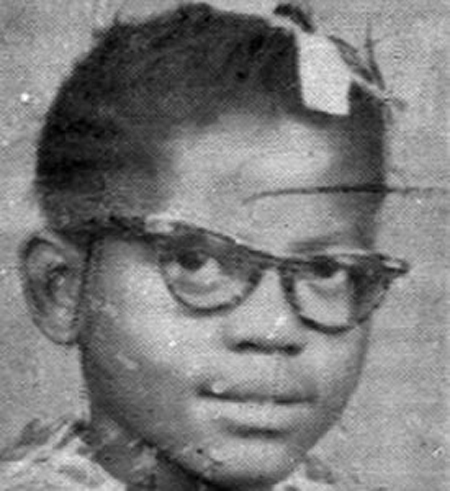
- Robert Edward Chambliss, believed to be the ringleader
- Herman Frank Cash
- Thomas Edwin Blanton Jr.
- Bobby Frank Cherry
Over the years following the murderous bombing, the case languished in local, state, and federal files. Meanwhile, the Civil Rights Act of 1964 was passed in Congress and signed by President Lyndon B. Johnson. Then, in 1971, Alabama State Attorney William Baxley reopened the case, re-interviewing witnesses, conducting surveillance and obtaining recorded implicating conversations of those already suspected in the dastardly crime. As a result of Baxley’s investigation of the previously mentioned suspects, only Chambliss, the reputed ringleader, was indicted on charges of murder in the deaths of the four young girls. He was subsequently found guilty only for the death of Carol Denise McNair. He died in prison in 1985.
In May of 2000, the FBI unsealed and reopened the case, later announcing their findings that Chambliss, Blanton, Cash, and Cherry were responsible. By this time, Herman Case was deceased, however, the FBI investigation provided sufficient cause and evidence to indict the two remaining suspects by the state of Alabama.
Bobby Frank Cherry was convicted of four counts of 1st degree murder and sentence to life. He died in prison of cancer in 2004.
Thomas Edwin Blanton Jr. was indicted in April of 2001 and convicted of four counts of 1st degree murder. He too received a penalty of life in prison.
UPDATE: Child killer Thomas Blanton died in prison on June 26, 2020. Thank you to everyone who submitted a petition to help ensure he served his maximum sentence. Justice has been served. Rest In Peace Denise McNair, Carole Robertson, Addie Mae Collins, and Cynthia Dianne Wesley. You will never be forgotten